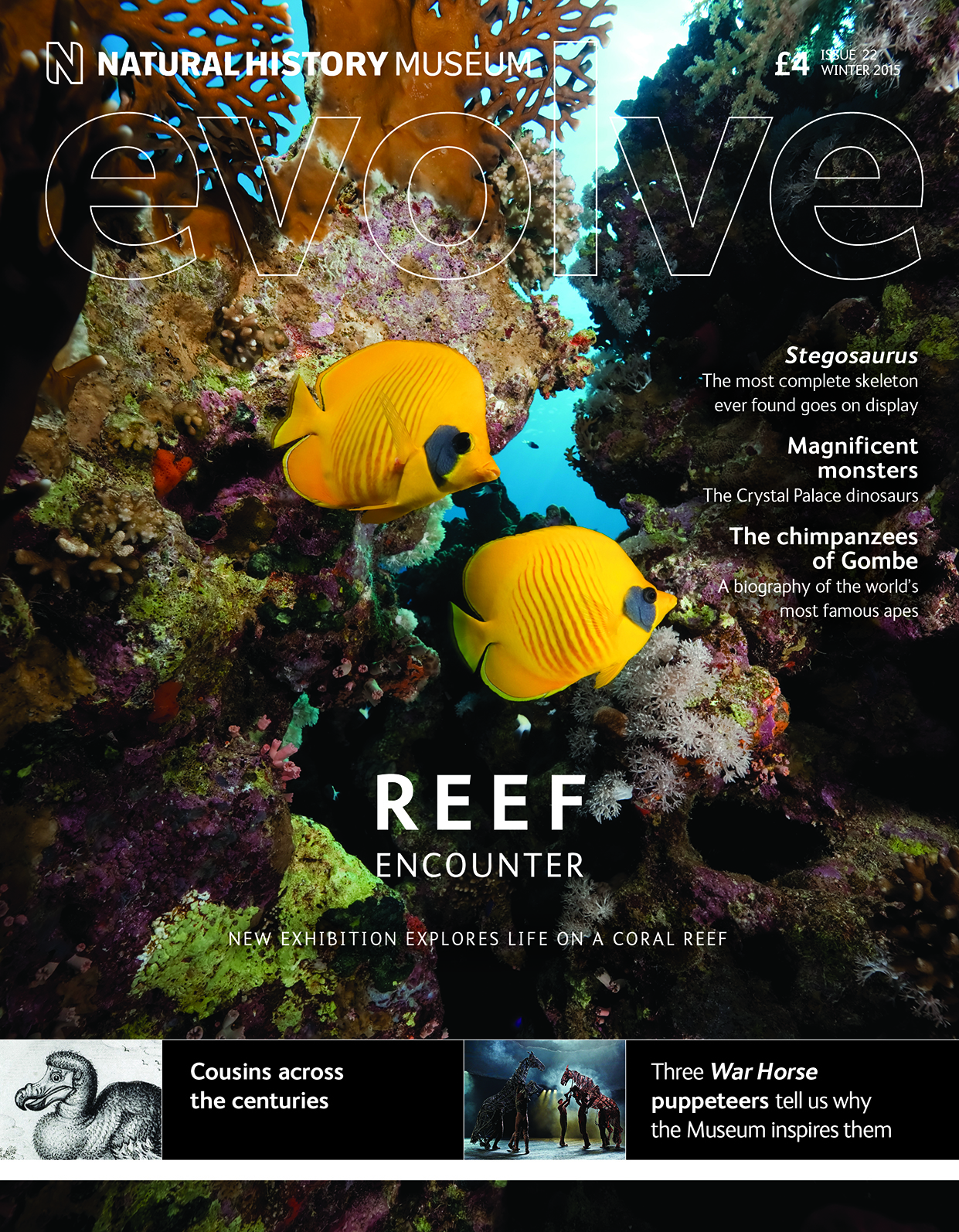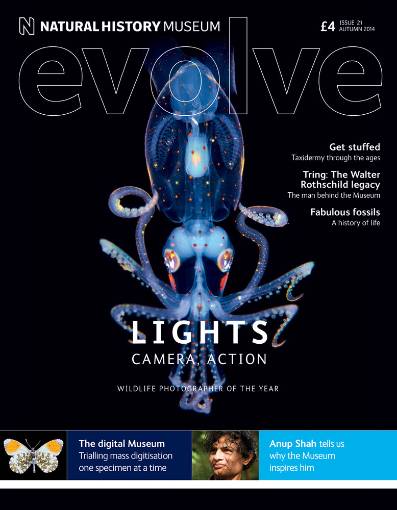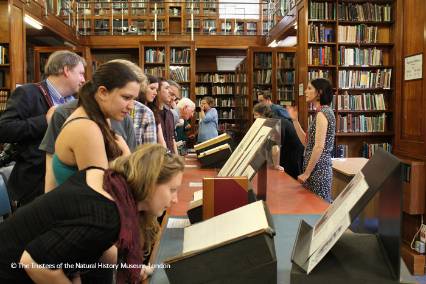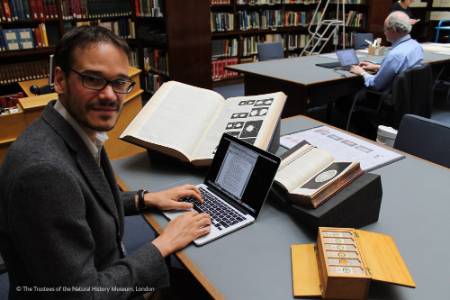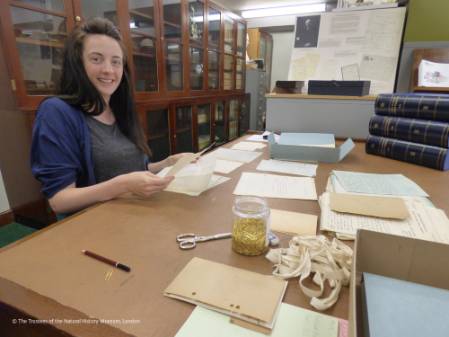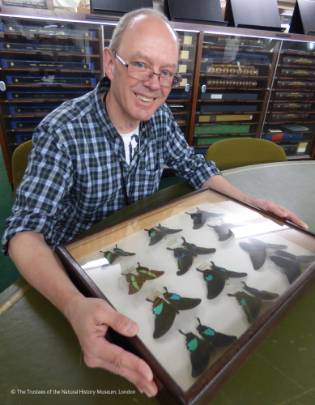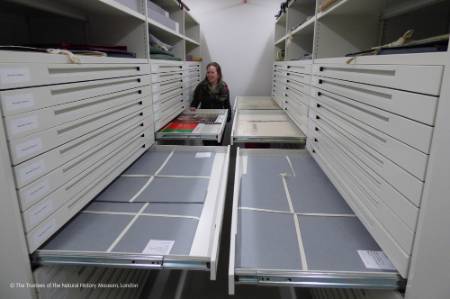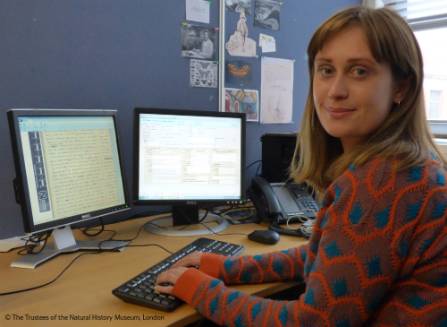by Kate Tyte, Assistant Archivist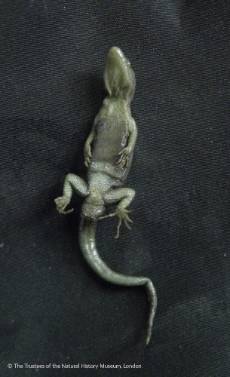
The Natural History Museum’s nineteenth century staff included some real characters.
Take Arthur O'Shaughnessy. He was born in London to an Irish family in 1844, and at the age of 17, became a transcriber in the British Museum Library. Supposedly he got this job through the influence of a family friend, Sir Edward Bulwer Lytton. Lytton was a popular novelist, now best known for his infamous opening line ‘it was a dark and stormy night’.
After two years in the Library Arthur was promoted to be a herpetologist (an amphibian expert) in the Zoological Department. He complained that he spent monotonous days classifying fish and reptiles ‘in a queer little subterranean cell, strongly scented with spirits of wine, and with grim creatures pickled round him in rows and rows of gallipots.’ He complained of low pay, and struggling to make ends meet by churning out scientific papers and reviews for extra cash.
Despite his criticism of his job, he was good at it, and became well-respected. He even gave his name to one animal - O'Shaughnessy’s gecko. But Arthur was far more interested in poetry. In 1870, aged 26 and having worked at the museum for 9 years, he published his first volume of poetry, Epic of Women. Two other volumes: Lays of France and Music and Moonlight followed, in 1872 and 1874. He was part of London’s literary and artistic scene, mingling with the Rossettis, Ford Maddox Browne and William Morris at fabulous parties.
Arthur was fairly well known during his lifetime, though even his kinder critics noted that his poems could be rather hit and miss. Today, the only one of his works that is known at all is Ode from Music and Moonlight. The initial lines have often been quoted in popular culture, and it was set to music by Elgar in 1912 and Zoltán Kodály in 1964:
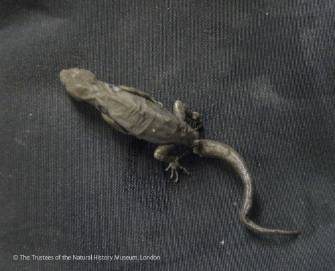
We are the music makers,
And we are the dreamers of dreams,
Wandering by lone sea-breakers
And sitting by desolate streams;—
World-losers and world-forsakers,
On whom the pale moon gleams:
Yet we are the movers and shakers
Of the world for ever, it seems.
In 1874 Arthur married Eleanor Marston, herself from a literary family. The couple had two children and wrote a book of children’s stories together in 1875, called Toy-land. Tragically both children died in infancy, after which Eleanor lapsed into ill-health and died in 1879. Arthur struggled to c
ope with these losses, and to manage the conflicting demands of his life. He died in 1881, and his final book of poems, Songs of a Worker, was published posthumously the same year; full of poems about death and grieving.
Ironically, O'Shaughnessy’s gecko may be better known today than O’Shaughnessy’s poetry.
The two images depict the Gecko type specimen held in the Life Science collections, Natural History Museum, London.



